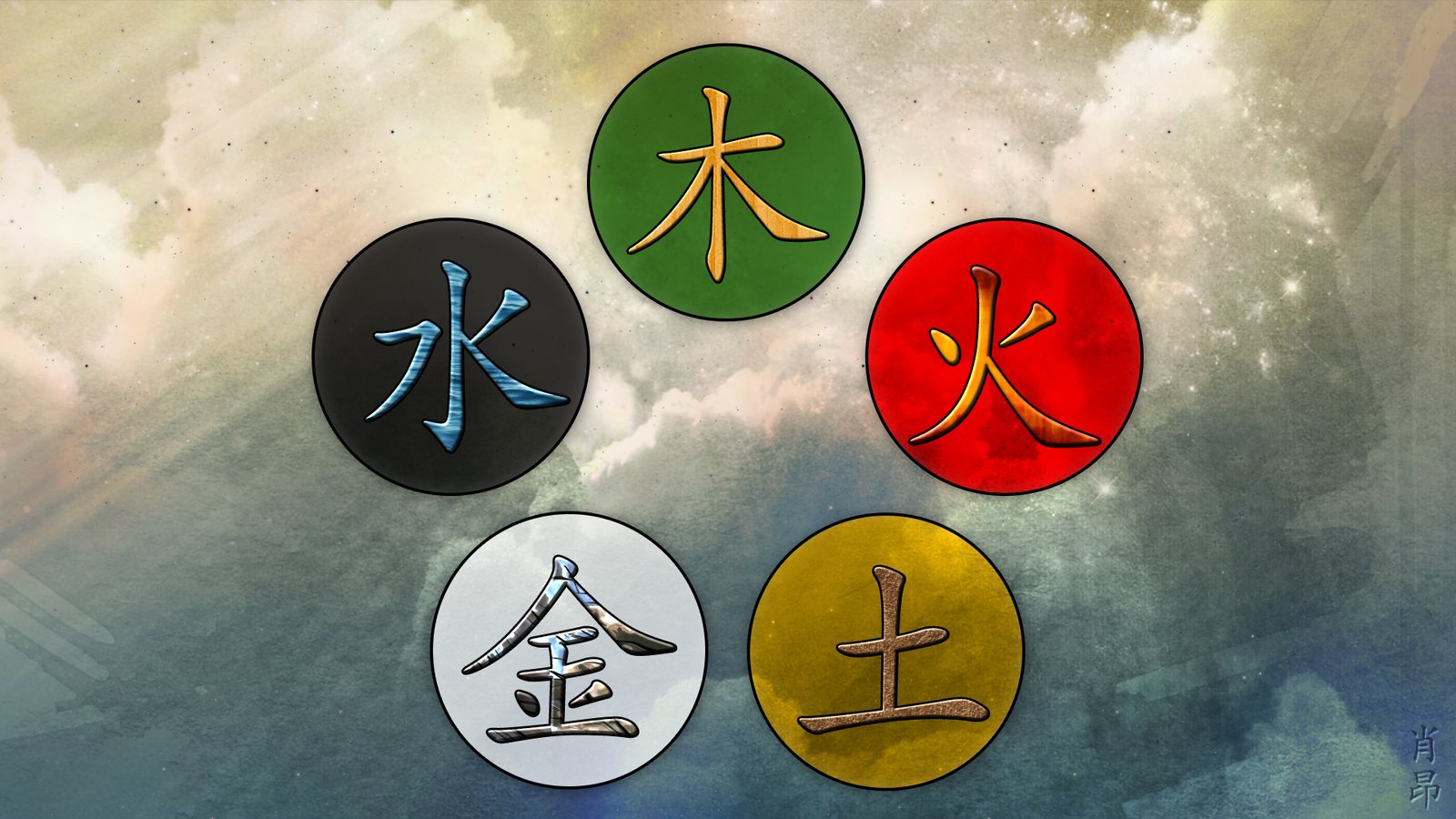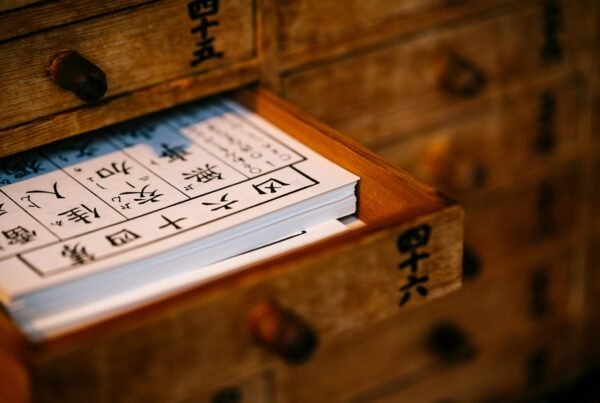What is Causative Factor?
Causative factor (CF) was a term established by the influential acupuncturist and educator J.R. Worsley. Worsley was a pivotal figure in the spread of Chinese Five Elements medicine from East to West in the 20th century and is best known for founding the prestigious college at Leamington Spa where Five Element Acupuncture was first taught in this country. Having studied acupuncture through the traditional master-student relationship in Hong Kong, he received a deep transmission via the oral tradition through which the most potent information tends to be passed down. Thus, his training, in which the concept of causative factor was key, avoided the later simplification of the system which occurred through the development of Traditional Chinese Medicine (TCM) by Mao in the mainland.
Are you interested in a holistic approach to natural therapies that incorporates Chinese and Ayurvedic knowledge? Learn more about my programs here.
Causative factor is defined as the primary imbalance in a person, that which causes other elements to become imbalanced (Sharma, 2019). In a typical case, a client is likely to have imbalances in more than one of the five elements. Identification of the causative factor, which is key to the treatment through five element acupuncture or indeed through other modalities, is the isolation of the one element that was the first mover, the fundamental cause, that which could also be considered to represent the nature or constitution of that person. Thus, the causative factor has become known in some circles as the constitutional factor, for example in the work of Angela and John Hicks (themselves students of J.R. Worsley) – authors of the popular book Five Element Constitutional Acupuncture (Hicks, 2010). Often, the same causative factor is present in several generations of a family, pointing to some form of transmission from parent to child (Hicks, 2010). Some believe the causative or constitutional factor to be determined at or before birth, while others consider it to be the first imbalance created shortly after birth. In Ayurveda, constitution (prakruti in Sanskrit) is understood to be set at the time of conception (Lad, 2002).
Five Element practitioners diagnose causative factor through the observation of emotion, colour, odour and sound. The character of that person is also considered, through their patterns of emotion and behaviour.
Case Study Example
Causative Factor Diagnosis
The concept of causative factor is best illustrated with an example. I will use a client that we will refer to as M. She presents with symptoms of painful periods, slight water retention and chronic facial acne. These would at first glance appear to be issues with a root in the Wood and Water elements due to the link to the Liver and Kidneys. Looking deeper, M has a strong emotional pattern of worrying and over-thinking. Observing her patterns of speech, she uses a sing song voice with an abundance of variation of tone. One might be able to observe a yellow tinge just under her eyes, a typical location for this colour to be observed when present. I was not able to observe a particular odour for this client, which is the remaining observation a Five Element acupuncturist would be seeking to make. However, these factors all point to the Earth element as a causative factor for M. Examining this hypothesis deeper, we find confirmation of an Earth element CF through her relationship with her mother, an apparent lack of sympathy for others suffering and an aversion to being dependent on others (Sharma, 2019).
Ba Zi – Chinese Astrological Analysis of Constitutional Factors
More esoterically, Chinese Four Pillars astrology can also offer us an insight into the elements present within the constitution through analysis of their 八字 (ba zi), or eight characters. The eight characters can be calculated from the time and date of birth, using the ancient Stems and Branches system of Chinese astrology. This system is still taught in the International College of Oriental Medicine today, an acupuncture school founded by a colleague of J.R. Worsley, as a means to identify the both the causative factors of the patient and the optimal times for carrying out a treatment.

A Four Pillar analysis for M shows that she has a strong dominance of the Wood element in her constitution. In fact, five of her eight characters are Wood with three being Earth. While her day master, the most important of the eight characters, is yang Wood, this does not automatically make Wood her causative factor.
The chart on the left is a visual representation of the distribution of the five elements in M’s astrological constitution from the time of her birth.
Incidentally, after I concluded this analysis of M’s causative factor, she visited a Five Element acupuncturist for treatment. The acupuncturist independently came to the same conclusion regarding her causative factor, confirming my hypothesis.
Typology is Not Equivalent to Pathology
So how does the Earth causative factor explain the lack of physical symptoms in the Earth element and the presenting issues represented by the Wood and Water elements? As Beinfield and Korngold (1991) explain in their excellent book, “typology is not equivalent to pathology”. Through their relationship in the Ke cycle (control cycle), Earth “types” often display pathologies in the Wood (which controls Earth) and Water (which is controlled by Earth) elements. This is exactly what we see in the case of this client. Her symptoms at first seem complex but they can be traced back to the first cause which is in the Earth element.
Dietary Treatment
Knowing the causative factor is necessary for treatment by Five Element acupuncture. But we can also use this information to inform decisions on nutrition. In the case of M, her causative factor is Earth. Astrological analysis also indicates that her Wood element is exceptionally strong, with the Earth element a close second and influence from the other elements is lacking. First of all, Earth foods should be limited so as not to antagonise her causative factor. Secondly, Metal foods should be increased for two reasons. Firstly, to drain energy from her Earth element CF through the Sheng cycle. Secondly, to bring the Wood element back into control through the Ke cycle. It would also be best to limit Wood foods. Although her Fire and Water energy appear to be weak in the above chart, I would not look to increase Water energy as this will feed an already excessive Wood element, nor would I look to increase the Fire element as this is being fed well by the Wood and helping to drain excesses present there. To summarise, my Five Element nutritional approach would be through the following:
- Limit Earth element foods;
- Limit Wood element foods; and
- Increase Metal element foods.
One way to categorise foods according to the five elements is through tastes. The above would translate into an increase in pungent foods (Metal), while limiting sweet (Earth) and sour tastes (Wood). With Earth as M’s causative factor, she should focus on limiting the sweet foods. This is not just sugar and sweets, but also starchy vegetables and heavy meats. Some of these can be used, but should be combined with pungent herbs in order to avoid the accumulation of the Earth element and dampness/stagnation (the pungent taste moves the sweet taste (Sharma, 2019)).
Connections with Ayurveda
Interestingly, the focus of increasing Metal element while decreasing Earth element through nutrition could be compared to the Ayurvedic equivalent of increasing Vata-forming foods while decreasing Kapha. The equivalent of reducing Wood element foods would be decreasing Pitta, as the sour taste corresponds to Pitta. This client has previously been give the Ayurvedic constitution of Pitta-Kapha which would correlate perfectly with this Five Element nutrition approach, despite the two approaches being reached completely independently.
Meal Examples
Examples of meals that would be in alignment with this nutritional approach are given below.
Breakfast: amaranth porridge with cinnamon. While grains in general are Earth foods, amaranth is given as a Metal element food by Chia (2017), classified as drying dampness by Pitchford (2002) and counteracting damp and draining water by Leggett (2008). While it is cooling, this will be offset by the warming and pungent (Metal flavour) cinnamon. It is difficult to avoid all Earth foods, but if combined with pungent tastes, they will not cause as many issues for this client.
Lunch: Butternut squash green Thai curry. While squash is an Earth element food, it is thought to improve the circulation of Qi and resolve damp and phlegm conditions (Leggett, 2008). Furthermore, squash is thought to reduce inflammation which is a factor for this client (Pitchford, 2002). The pungent (Metal element) herbs and spices used in the Thai dish will balance the Earth element and help to control Wood.
Dinner: Tarka dhal: lentils and onions cooked with coriander, cumin, ginger, cayenne and turmeric. While lentils are sweet, they are classified as counteracting damp and draining water by Leggett (2008) and are thought to be easier to digest, thus putting less strain on the Earth element organs (Pitchford, 2002). The combination with the pungent spice and onions (Leggett, 2008) balance the lentils well and allow easy digestion and balancing of M’s Five Element constitution.
Complementary Treatment Options
In addition to the nutritional approach, imbalances in the Five Elements can also be managed and rebalanced through specific Qi Gong practices such as Mantak Chia’s Inner Smile, Healing Sounds and especially the Fusion of the Five Elements (Chia, 2007). The causative factor could of course be treated through other modalities such as homeopathy or even flower essences (incidentally this client would be a perfect fit for the Bach flower essence White Chestnut).
Are you interested in a holistic approach to natural therapies that incorporates Chinese and Ayurvedic knowledge? Learn more about my programs here.




